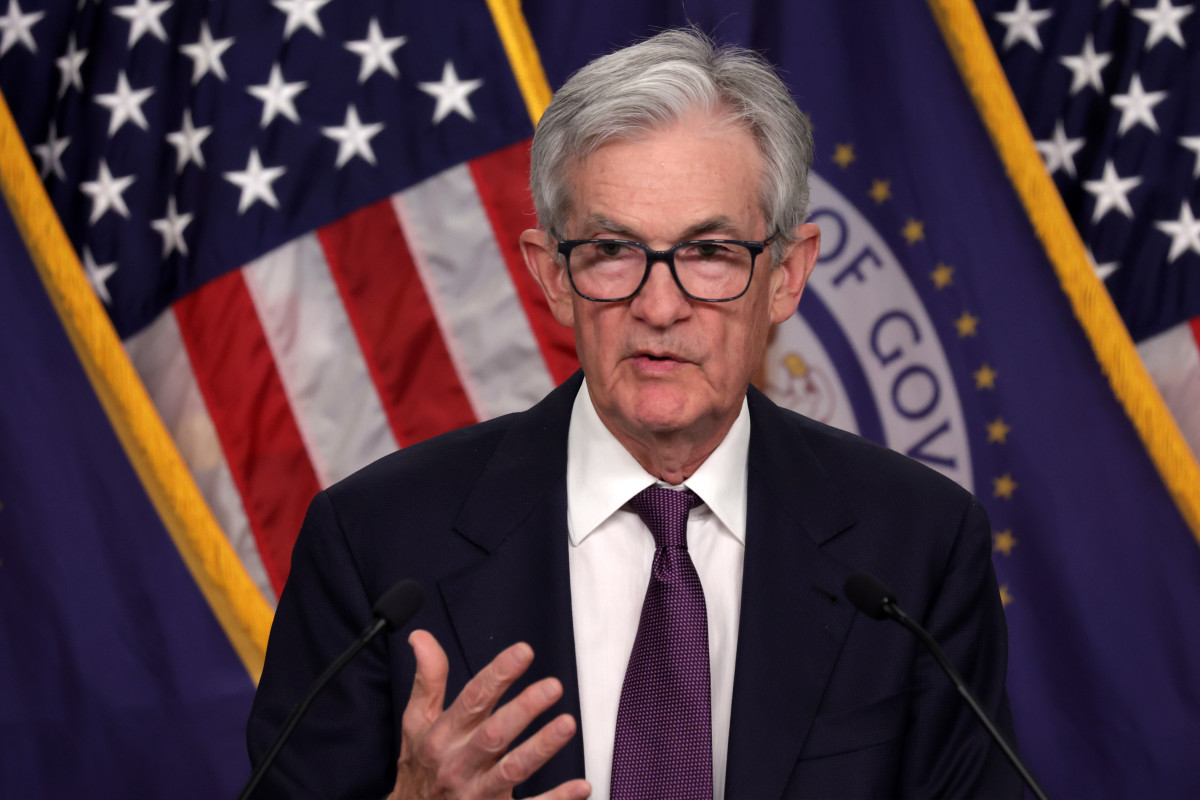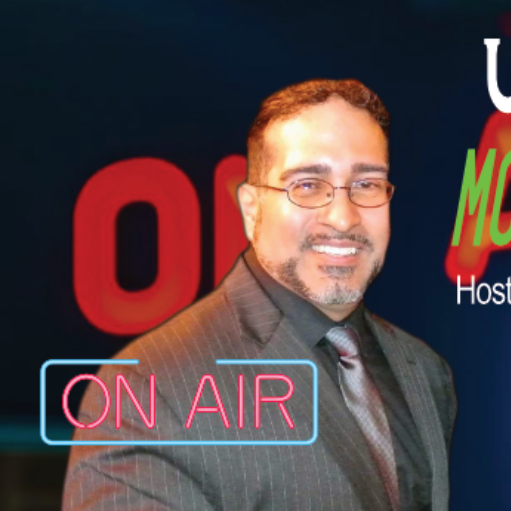The Federal Reserve held its benchmark rate steady for the third consecutive time this year following its two-day meeting in Washington, and noted that upside risks to both inflation and unemployment have increased in the world’s biggest economy.
The Fed left its key Federal Funds Rate unchanged at between 4.25% and 4.5%, where it has remained since the central bank last cut rates in December. But by raising the risks of stagflation, the Fed suggested that near-term rate cuts are increasingly unlikely.
💸💰Don’t miss the move: Subscribe to TheStreet’s free daily newsletter 💰💸
The decision, which analysts and markets largely expected, is the first for the Federal Reserve since President Donald Trump’s tariffs on goods from Canada and Mexico, as well as the broader round of so-called reciprocal levies, were introduced last month.
“Uncertainty about the economic outlook has increased further,” the Fed said in its prepared statement. The policy-making Federal Open Market Committee “is attentive to the risks to both sides of its dual mandate and judges that the risks of higher unemployment and higher inflation have risen.”
U.S. economic growth has slowed notably since the Fed’s last meeting in March, with the Bureau of Economic Analysis estimating a first-quarter contraction of around 0.3%.
Headline inflation pressures, meanwhile, have eased only modestly, and the Fed’s preferred inflation gauge showed core prices rising at an annual rate of 2.6% in March, well ahead of its 2% target.
The job market is also holding up well, with 177,000 new hires last month and a headline unemployment rate of just 4.2%.
 Fed Chair Jerome Powell said upside risks to both inflation and unemployment have increased since the central bank’s last meeting in March.
Fed Chair Jerome Powell said upside risks to both inflation and unemployment have increased since the central bank’s last meeting in March.
“In assessing the appropriate stance of monetary policy, the Committee will continue to monitor the implications of incoming information for the economic outlook,” the statement added.
“The Committee’s assessments will take into account a wide range of information, including readings on labor market conditions, inflation pressures and inflation expectations, and financial and international developments.”
Related: Ford, Mattel join growing list of U.S. companies facing profit hit from tariffs
U.S. stocks were little changed following the Fed statement, with the S&P 500 last marked 7 points higher and the Dow rising 240 points. The tech-focused Nasdaq was last seen 50 points lower on the session.
Benchmark 10-year Treasury note yields eased 2 basis points to 4.267% while 2-year notes were pegged at 3.783%.
The U.S. dollar index, which tracks the greenback against a basket of six global currencies, was last 0.32% higher on the day at 99.559.
CME Group’s FedWatch tool, meanwhile, is pricing in the first rate cut of the year in July, with only a 28% chance that the Fed will lower borrowing costs at its next meeting in June.
Related: Fed inflation gauge sets up stagflation risks as tariff policies bite
That’s likely to trigger another direct challenge from Trump, who since he took office earlier this year has been pushing Fed Chairman Jerome Powell to lower interest rates.
Trump described Powell, who he himself appointed in 2017, as a “total stiff” during an interview with NBC’s “Meet the Press with Kristen Welker” last week. But the president said he wouldn’t seek to remove Powell before his second term as Fed chair ends next spring.
“He should lower [interest rates] … and at some point, he will,” Trump said. “He’d rather not because he’s not a fan of mine.”
More Economic Analysis:
